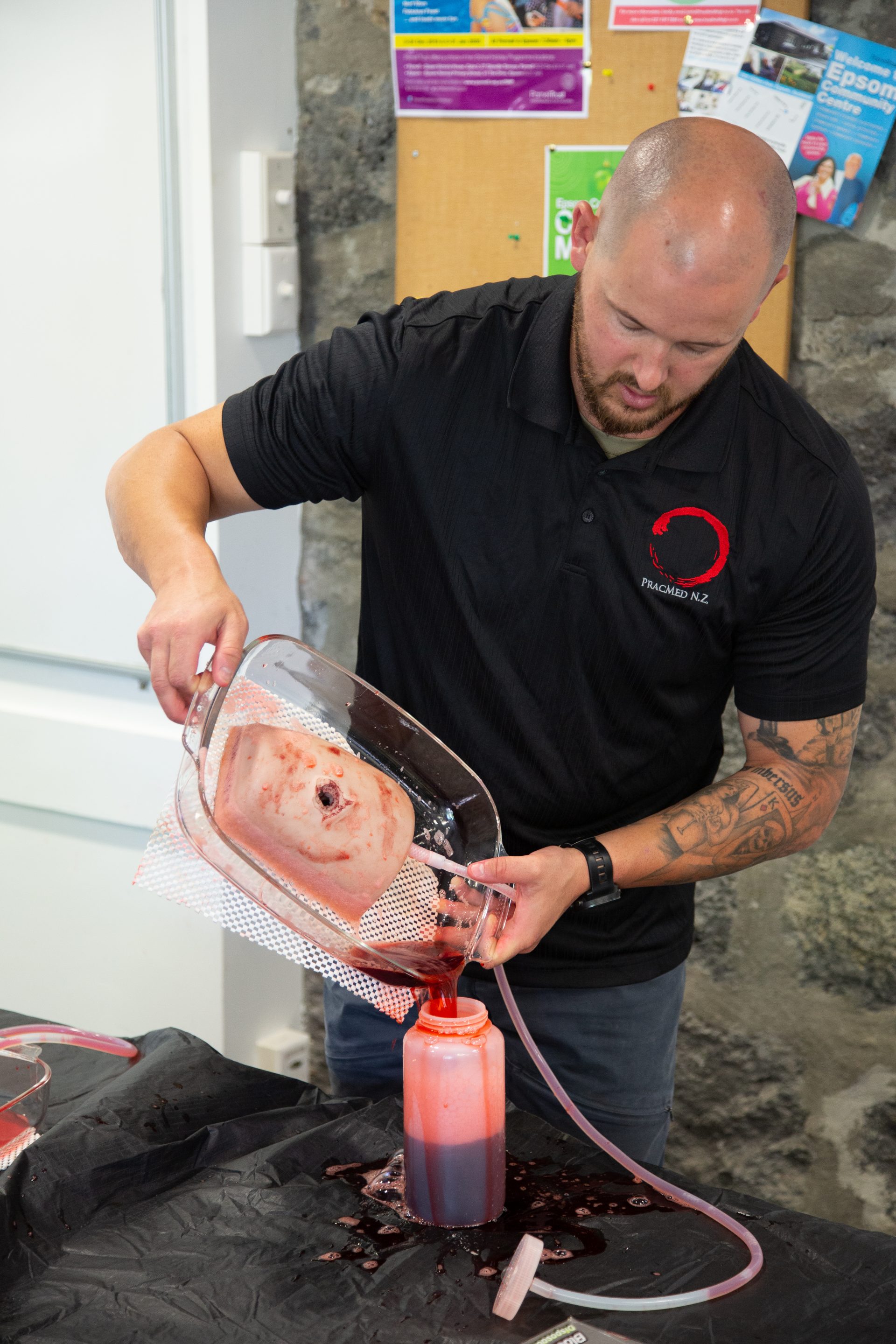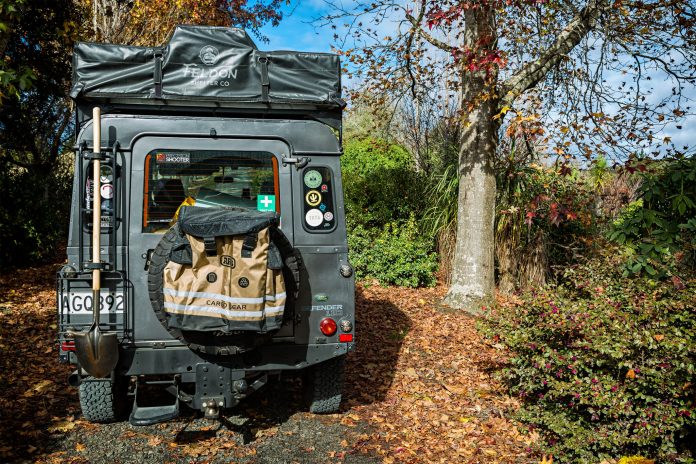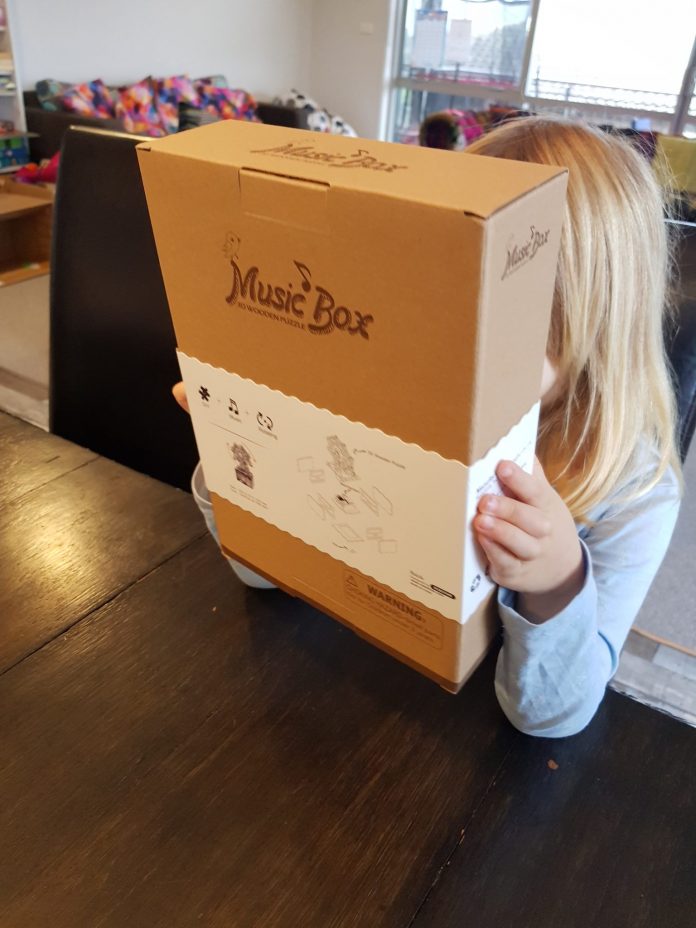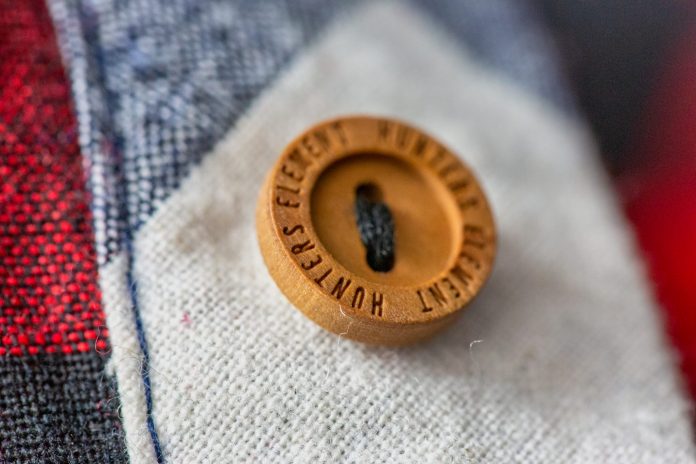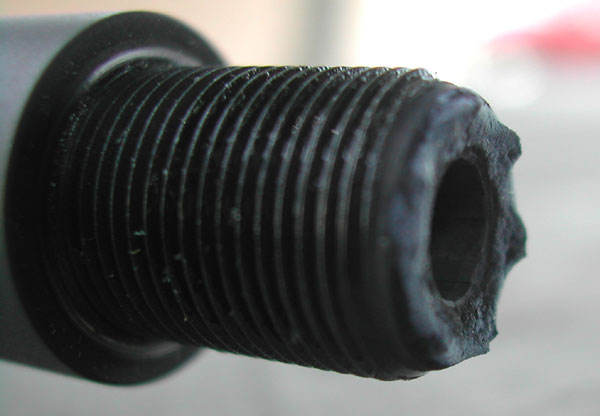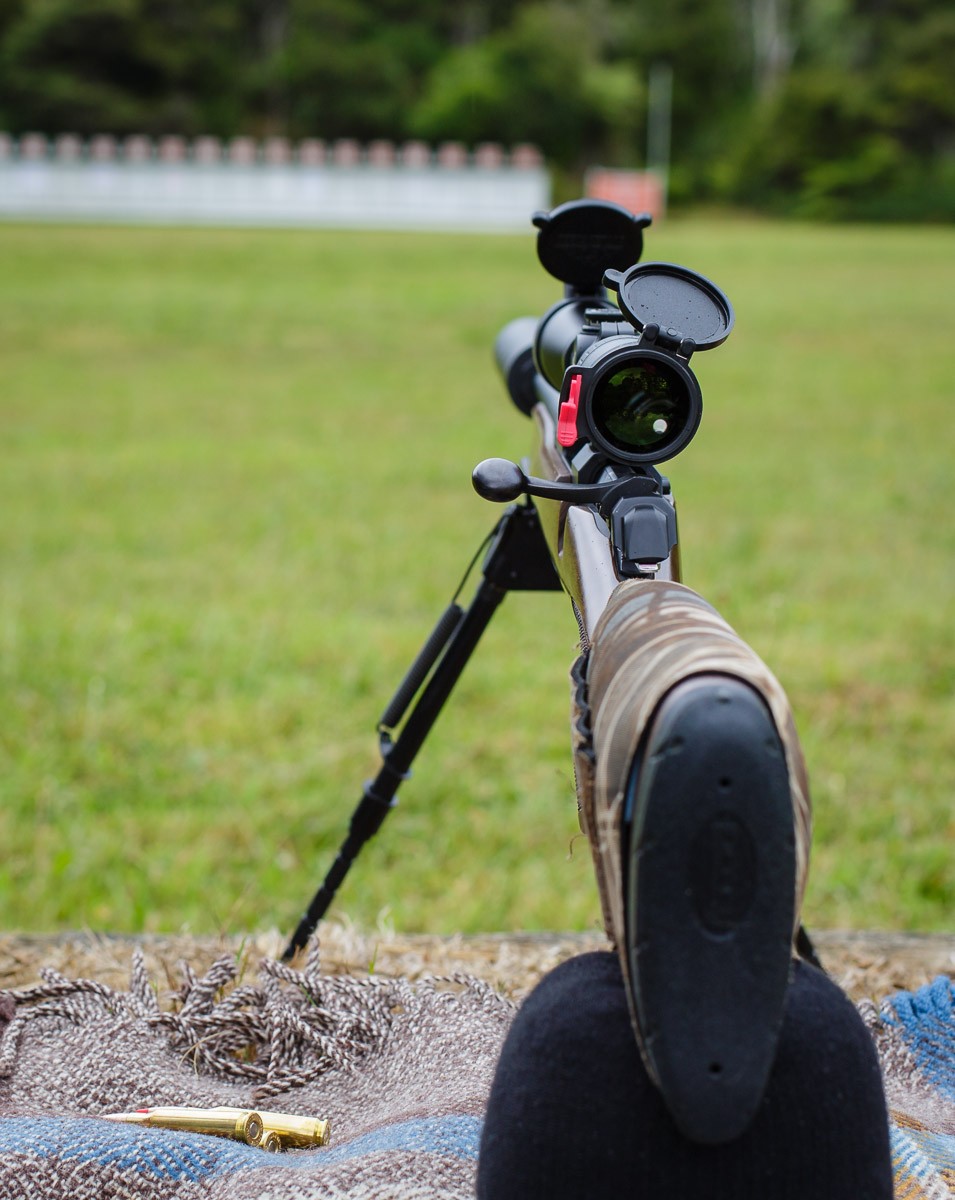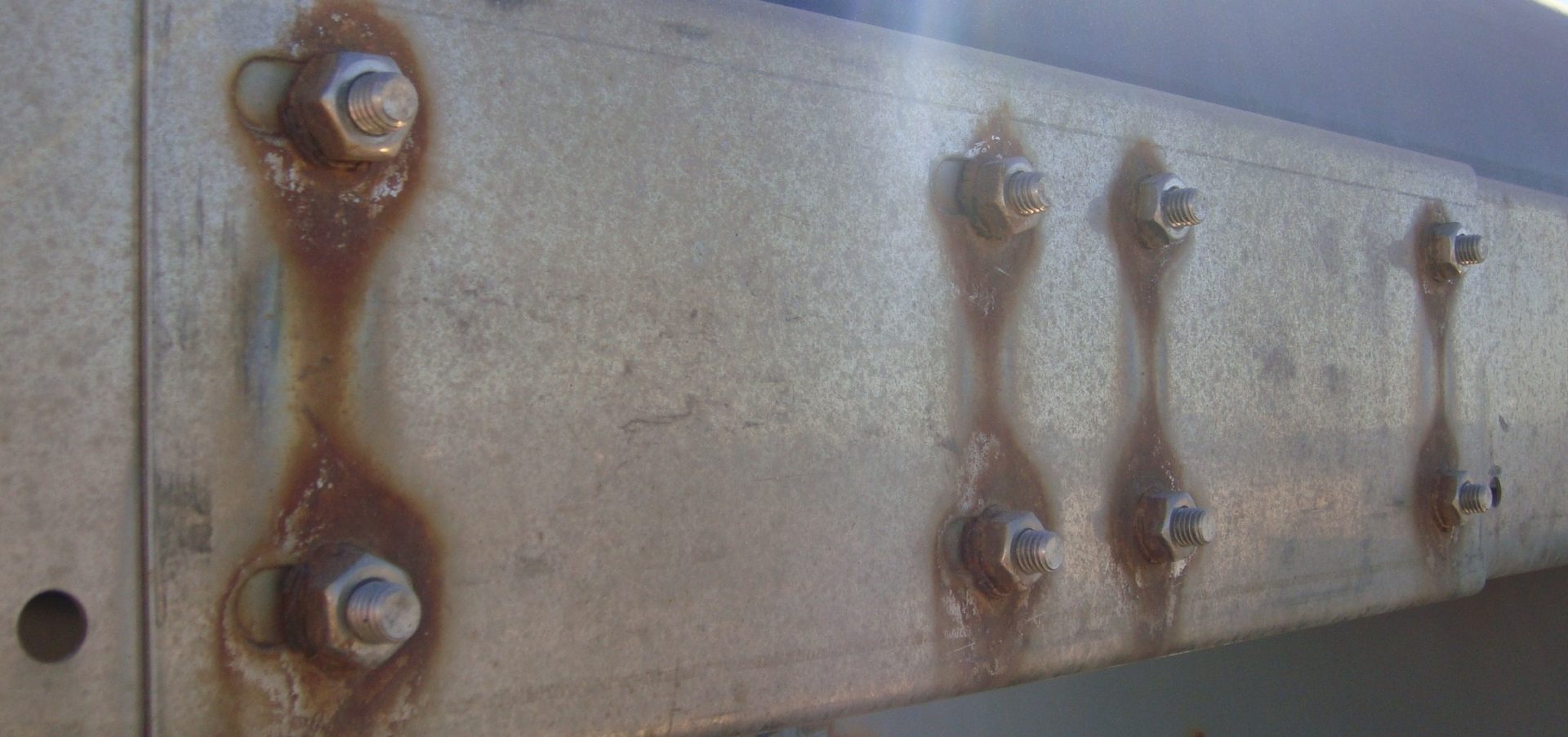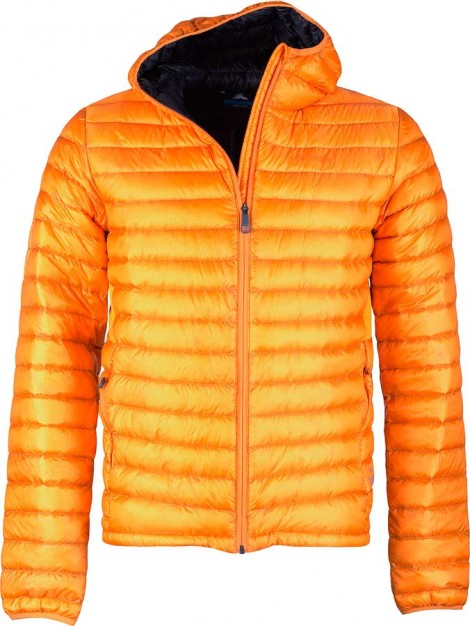Svord Golok
In a fit of knife buying, I decided I wanted a big heavy blade and a bigger, even heavier blade. So I went out and got myself a Svord 370BB and a Svord Golok. If you haven’t read it yet – head over to the 370 page to get a lot more information about Brian’s knives.
The beauty of dealing with an NZ manufacturer is that you have the ability to meet and learn more about the person making your equipment and get little extras like getting matching handles made out of African Wenge Wood.
The golok is a bit of a blanket term that applies to a form of machete found through Malaysia. It is shorter and thinner than the parang. Think short, stocky razorblade.
The golok design is short and heavy. Though not always – it’s common to have a square blade design, without a pointed or curved tip you would find on a machete. The Svord Golok in particular is based on the British Army Golok design that has been issued as a chopping instrument since the 1950’s.
The Svord Golok is a beast of an edged instrument. It the hand it feels heavy and solid, the edge comes from Brian sharpened like a razorblade. It’s a serious tool. This thing is 11″ or 280mm long in the blade, weighs 458 grams and has already tasted my blood.
While I like about the Golok design, is that it is equally home working as a machete or a hatchet. Cutting down long grass/scrub? Easy – need to take to something a little heavier – no worries either. Its shortness makes it very easy to handle in the bush – it’s not so long that it starts hitting everything else on the way to what you want to cut, but it has enough weight that it doesn’t have to be all muscle to use it.
Like many of Brian’s ‘upper range’ cutting implements – the Golok was delivered with a razor sharp convex edge on it. I have only had to give it a few strops to keep it there. The Carbon Steel is so easy to keep sharp, and the blade is already developing it’s unique patina.
That’s one thing that is important to remember with these sorts of items – the Patina is going to happen, and you will drive yourself crazy trying to remove it. If you want something that is going to stay shiny, you may be better looking into a stainless blade.
For general duties, it is too big. Don’t try preparing dinner with it. For many modern bush duties, a Golok (or a Machete) are both potentially overkill. However, if you are planning on getting off track and may want to be processing wood or creating shelters, this heavier blade would be a good option.


